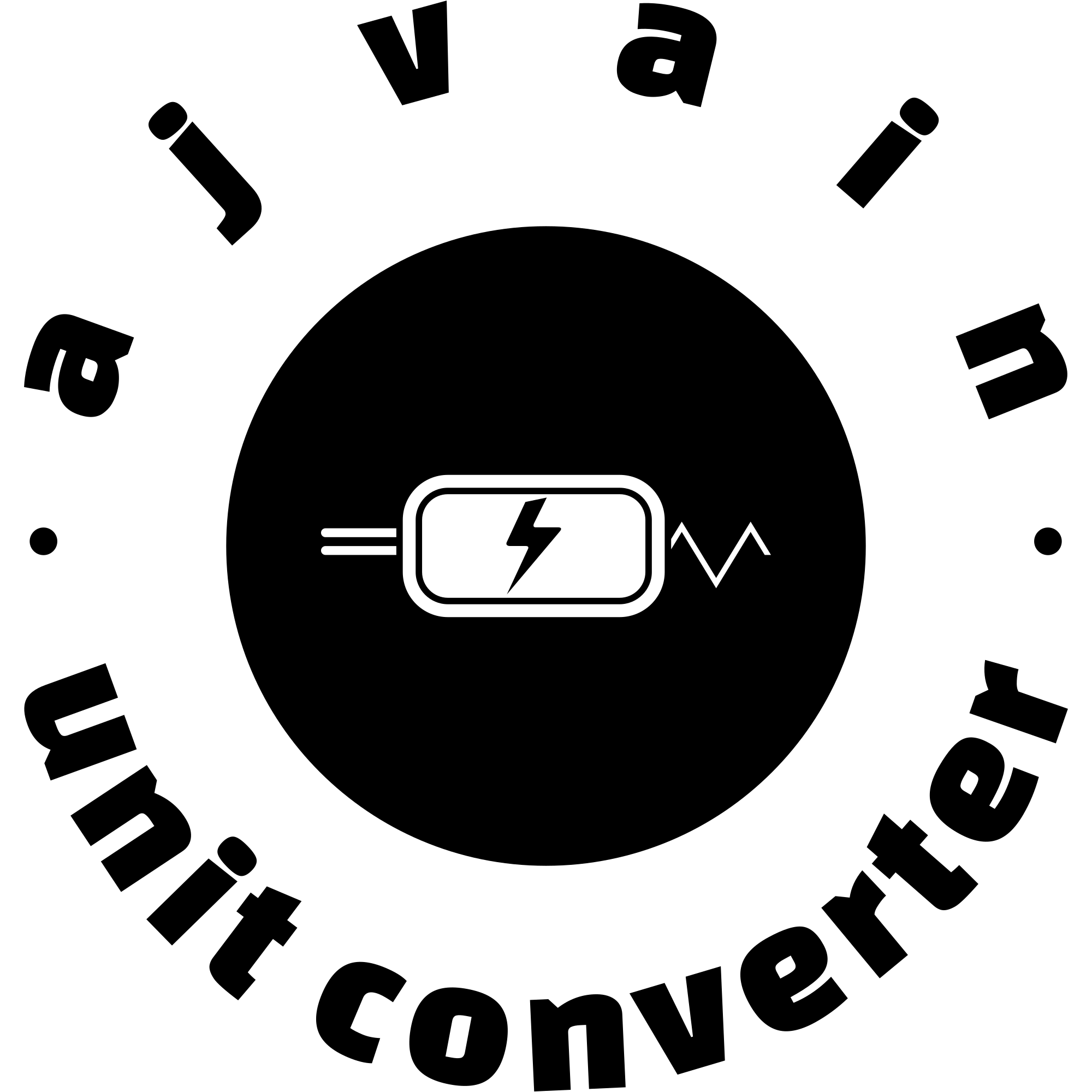Surface Current Density Converter
Surface Current Density Conversion Challenge
Introduction
The Surface Current Density Converter is an essential tool for converting current density values between different units. Current density, expressed as the amount of electric current flowing per unit area, is a critical parameter in fields such as electromagnetism, electrical engineering, and materials science. This converter simplifies the process of translating current density values across various units, enabling accurate comparisons and analyses.
Understanding Surface Current Density
Surface current density (\( \mathbf{K} \)) is a vector quantity representing the amount of electric current per unit length flowing along a surface. It is essential in understanding how current distributes across surfaces in different applications. The surface current density is defined as:
\( \mathbf{K} = \frac{I}{L} \)
Where:
- \( \mathbf{K} \) is the surface current density (in amperes per meter, A/m),
- I is the current flowing through a length L,
- L is the length of the surface area over which the current flows.
This quantity is crucial in various practical applications, including the design of electrical components, understanding electromagnetic fields, and analyzing material properties.
Importance of the Converter
Different scientific and engineering disciplines use various units to measure surface current density. Converting between these units is vital for accurate data comparison, integration of experimental results, and ensuring consistency across calculations. The Surface Current Density Converter facilitates this process by allowing users to easily translate current density values between different units, such as amperes per meter (A/m), milliamperes per meter (mA/m), and microamperes per meter (µA/m).
Features of the Surface Current Density Converter
- Comprehensive Unit Support
The Surface Current Density Converter supports a wide range of units for surface current density. These include:
- Amperes per Meter (A/m): The standard unit used in most scientific and engineering applications.
- Milliamperes per Meter (mA/m): A smaller unit used for finer measurements.
- Microamperes per Meter (µA/m): Another smaller unit for very precise applications.
- Nanometers per Meter (nA/m): Used in specialized measurements requiring extreme precision.
- Custom Units: Ability to add and convert between user-defined units for specific needs.
- User-Friendly Interface
The converter features an intuitive and accessible interface. Users can input values in one unit, select the target unit, and instantly obtain the converted value. The design ensures that the tool is straightforward for both novice and experienced users.
- Accurate Conversion Algorithms
Precision is key in surface current density measurements. The converter employs accurate algorithms to ensure reliable and consistent conversions, essential for applications where even minor errors can impact results significantly.
- Real-Time Conversion
The tool provides instant results, allowing users to perform calculations and obtain converted values quickly. This feature is particularly useful in dynamic settings where rapid decision-making is necessary.
- Advanced Features
Some versions of the Surface Current Density Converter offer additional features, such as:
- Temperature Adjustment: Surface current density can vary with temperature. This feature adjusts the conversion based on temperature changes, providing more accurate results under different conditions.
- Batch Conversion: Allows users to input multiple current density values and convert them simultaneously, streamlining the process for large datasets.
- Educational and Research Applications
The converter serves as a valuable tool in educational and research settings. It helps students and researchers understand surface current density concepts and perform accurate conversions for their experiments and studies.
- Integration Capabilities
The converter can integrate with other scientific and engineering tools, enhancing its utility in comprehensive analysis and data processing.
Mathematical Conversion Formulas
The Surface Current Density Converter performs conversions based on standard mathematical relationships between different units. Here are some common conversion formulas:
- Amperes per Meter to Milliamperes per Meter
To convert from amperes per meter (A/m) to milliamperes per meter (mA/m):
\( 1 \text{ A/m} = 10^3 \text{ mA/m} \)
\( \mathbf{K}_{\text{mA/m}} = \mathbf{K}_{\text{A/m}} \times 10^3 \) - Milliamperes per Meter to Microamperes per Meter
To convert from milliamperes per meter (mA/m) to microamperes per meter (µA/m):
\( 1 \text{ mA/m} = 10^3 \text{ µA/m} \)
\( \mathbf{K}_{\text{µA/m}} = \mathbf{K}_{\text{mA/m}} \times 10^3 \) - Microamperes per Meter to Nanometers per Meter
To convert from microamperes per meter (µA/m) to nanometers per meter (nA/m):
\( 1 \text{ µA/m} = 10^3 \text{ nA/m} \)
\( \mathbf{K}_{\text{nA/m}} = \mathbf{K}_{\text{µA/m}} \times 10^3 \)
Applications
The Surface Current Density Converter is utilized across various fields and applications:
- Electromagnetic Research
Surface current density is crucial for studying electromagnetic fields and interactions. Researchers use the converter to accurately measure and convert current densities for their experiments.
- Electrical Engineering
In the design of electrical components, such as transformers and inductors, surface current density affects performance. Engineers use the converter to ensure that designs meet specific current density requirements.
- Material Science
Surface current density impacts the behavior of materials under electrical stress. Scientists use the converter to analyze and design materials with precise charge density characteristics.
- Educational Tool
The converter serves as an educational aid for students learning about current density and its applications. It provides a practical means to understand theoretical concepts through hands-on experience.
- Quality Control
In manufacturing, accurate surface current density measurements are essential for ensuring component quality. The converter helps quality control technicians verify current densities and maintain product consistency.
- Integration with Other Tools
The converter's ability to integrate with other scientific and engineering tools enhances its utility in comprehensive analysis and data processing.
Sponsored Links
Electricity Converters
- Charge Converter
- Current Converter
- Electric Conductance Converter
- Electric Conductivity Converter
- Electric Field Strength Converter
- Electric Potential Converter
- Electric Resistance Converter
- Electric Resistivity Converter
- Electrostatic Capacitance Converter
- Inductance Converter
- Linear Charge Density Converter
- Linear Current Density Converter
- Surface Charge Density Converter
- Surface Current Density Converter
- Volume Charge Density Converter
